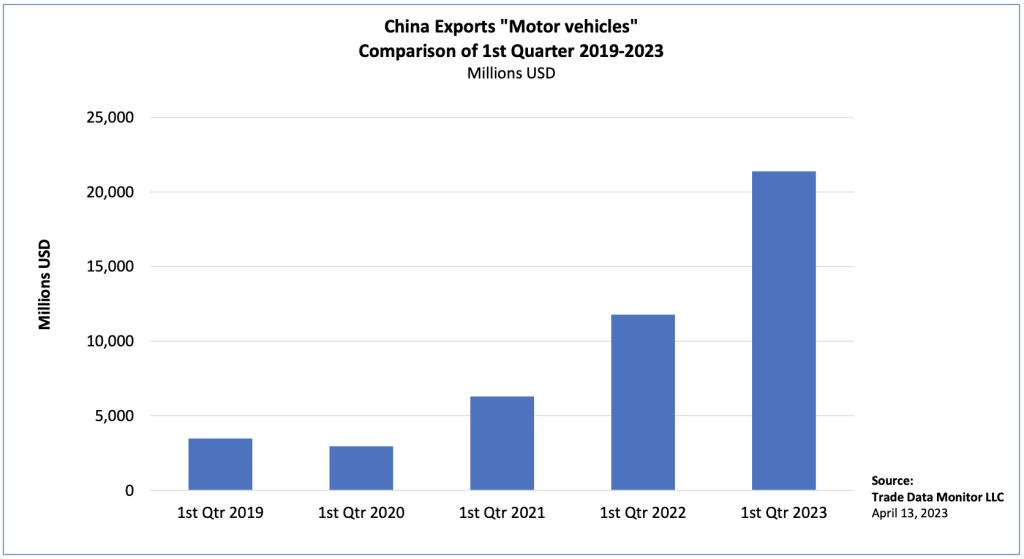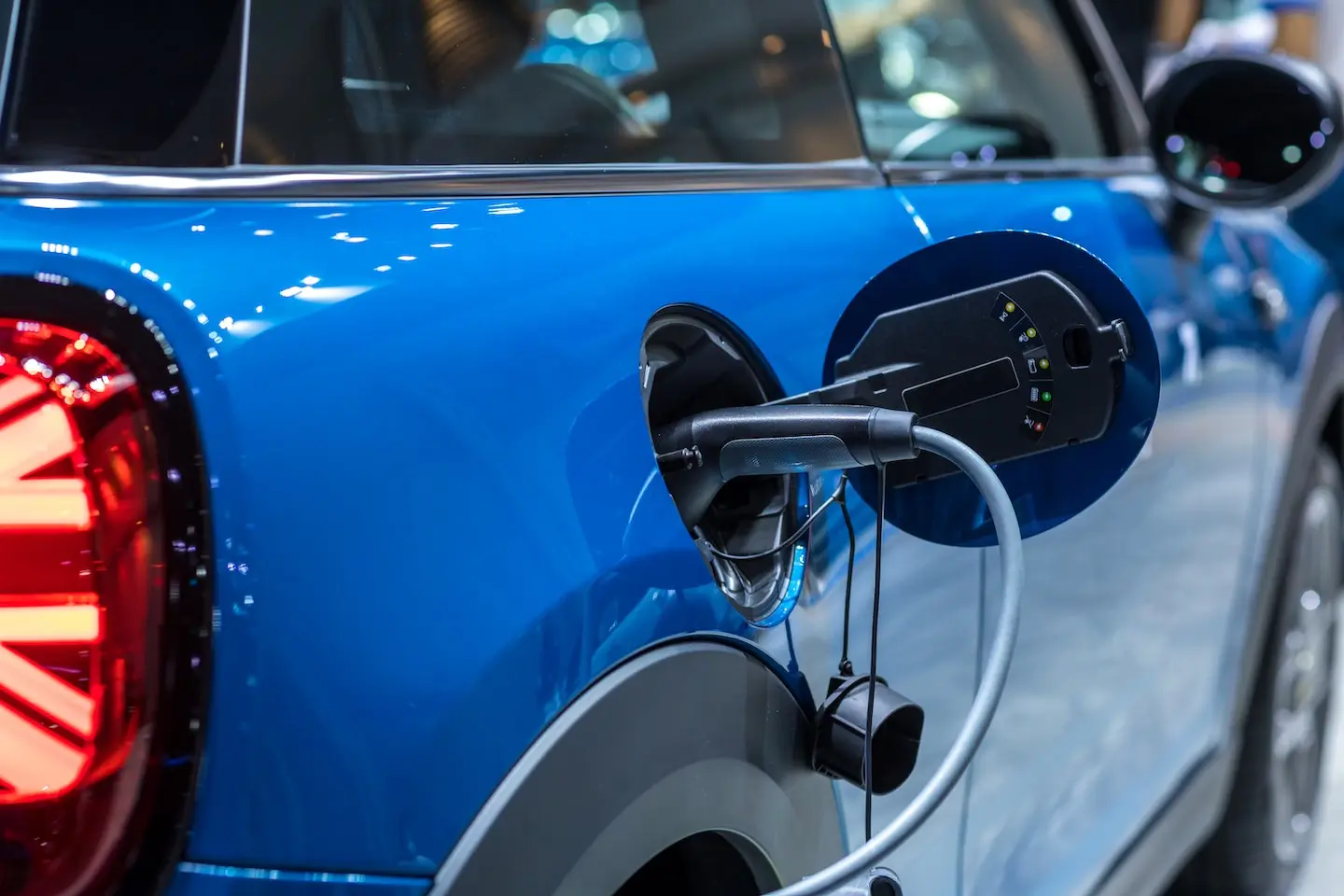In what’s meant to be a bum year for the global economy, world commerce is getting a boost from automotive trade, especially in electric vehicles.
Chinese exports of motor vehicles more than doubled in March, rising 123.8% year-on-year to $7.4 billion. A huge chunk of China’s auto industry has gone electric. In 2022, 44.7% of China’s total automobile exports were electric vehicles. Autos and auto parts made up 4.9% of China’s total exports in March, up from 4% for all of 2022.
That trend is expected to continue. The world’s largest economies are committed to developing policies that increase use of electric vehicles to drive down emissions. The U.S. has said it wants half its fleet to be electric by 2030, up from around 6% last year, and the Biden administration this week proposed even more ambitious targets.

The automotive trade is a boon for global business, which has suffered from the end of stimulus payments in the U.S. and EU, inflation, and the war in Ukraine. The upturn in electric-vehicle trade is one of the reasons the World Trade Organization last week hiked its forecast for global trade growth in 2023 to 1.7% from 1%. The WTO forecasts trade to grow 3.2% in 2024 after increasing 2.7% in 2022.
The boost in car and truck trade helped Chinese exports rise 14.8% year-on-year in March to $315.6 billion, far exceeding analysts’ expectations. “China’s foreign trade showed strong resilience in the first quarter, with a steady and positive start, laying the foundation for promoting stability and improving quality of foreign trade throughout the year,” said Lu Daliang, a government spokesman.
There’s no question that China’s best export market is no longer the U.S. but the 10-nation ASEAN bloc including countries like Thailand and Vietnam. Exports to ASEAN countries increased 36.3% to $56.4 billion. By comparison, shipments to the U.S. fell 7.7% to $43.7 billion, and exports to the EU rose 3.4% to $45.9 billion.
Analysts credited the development of intra-Asian supply chains as a key driver of Chinese exports. “The strong export growth is likely due to strengthened ties with [ASEAN and other emerging market] countries and the continued healing of the global supply chain,” Goldman Sachs said in a note.
While the Chinese car sector is booming, other sectors are flattening out. China is slumping in some areas of global business where it used to dominate, particularly in tech. Shipments of high-tech products declined 10% to $74.5 billion. Exports of mobile phones dropped 31.9% to $8.5 billion.
There’s been a rebound this year in some niche consumer sectors that had slumped. Exports of toys increased 33.1% to $3.8 billion. Footwear exports increased 32.9% to $4.2 billion.
And China is making good use of its new relationship with energy-rich Russia, which has boosted its industrial production, which benefits from low-cost energy. Exports of petroleum products rose 23.1% to $4.2 billion. Exports of steel products increased 52.8% to $10.2 billion. Exports to Russia rose 136.8% to $9 billion, while imports increased 34% to $11 billion.
Imports fell 1.4% to $227.4 billion, as the Chinese domestic economy continues to struggle with consumer demand. The country’s gross domestic product is expected to grow around 5% this year, below its trend this century.
Overall imports of high-tech products fell 13.6% to $59.1 billion. Soybean imports rose 13.8% to $4.5 billion.
The development of China’s car sector has freed it from having to buy automobiles abroad. Imports of automobiles declined 14.9% to $3.8 billion. Purchases of auto components and parts fell 20.6% to $2.1 billion.
China might be on its way to becoming a green-energy superpower, but it’s also still addicted to dirty energy sources. It continues to ramp up purchases of coal, hiking imports of the black rock 150.7% by quantity in March to 41.2 million tons, and 122.6% by value to $5.3 billion.


